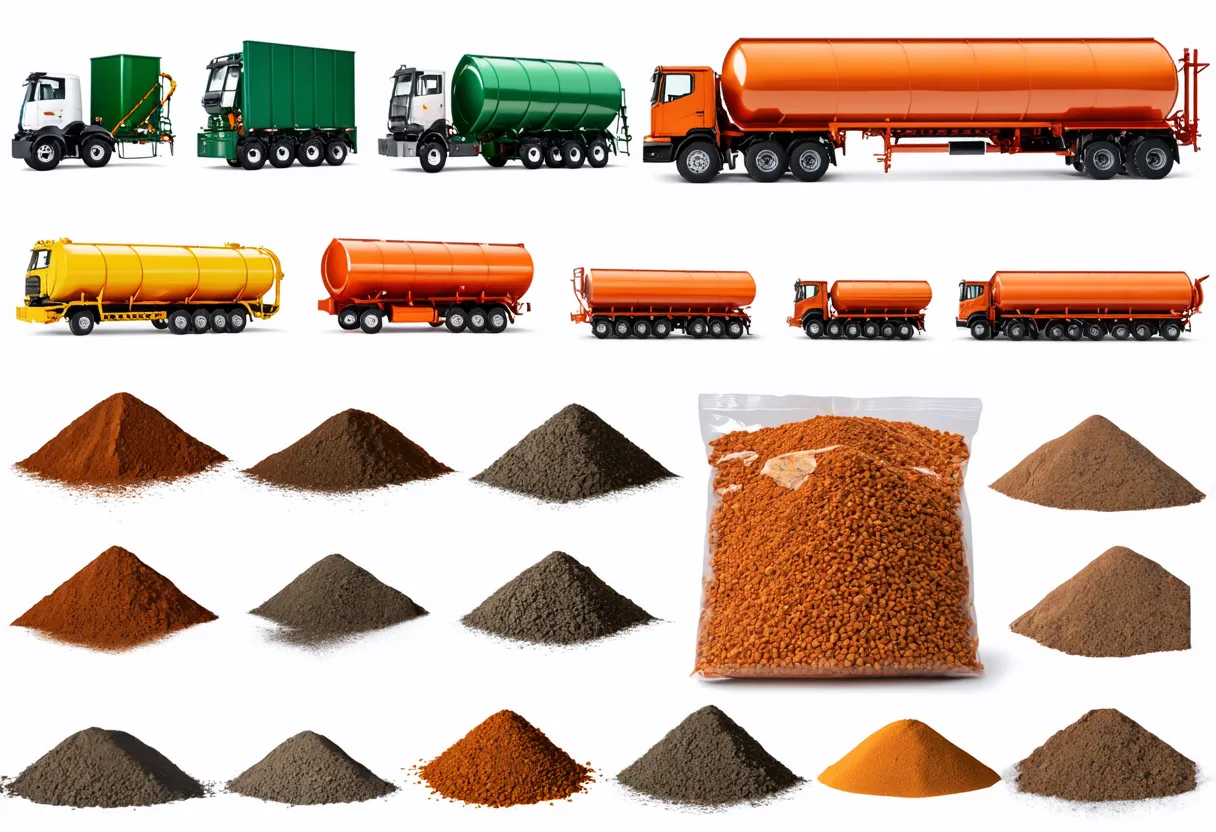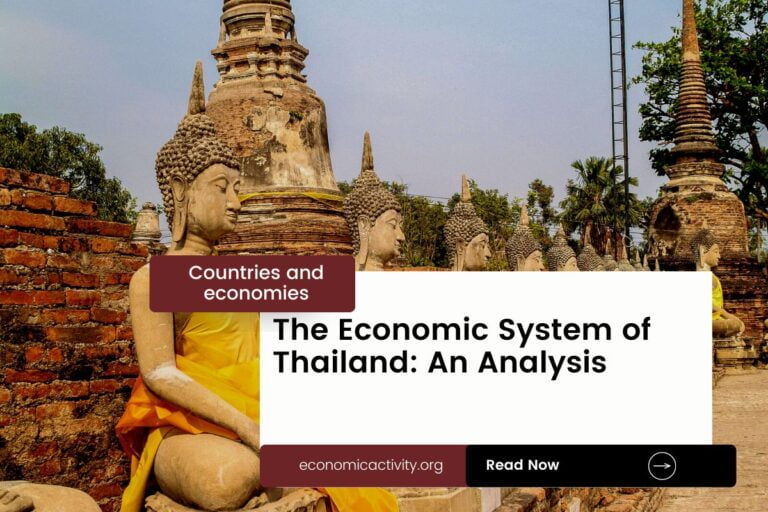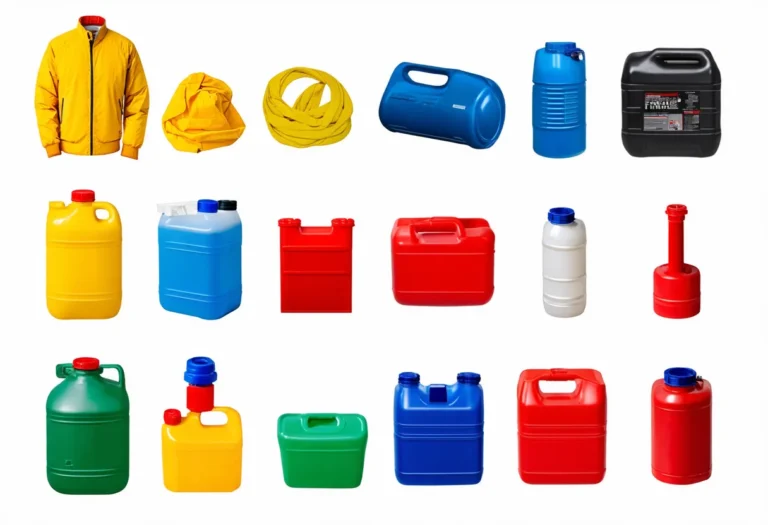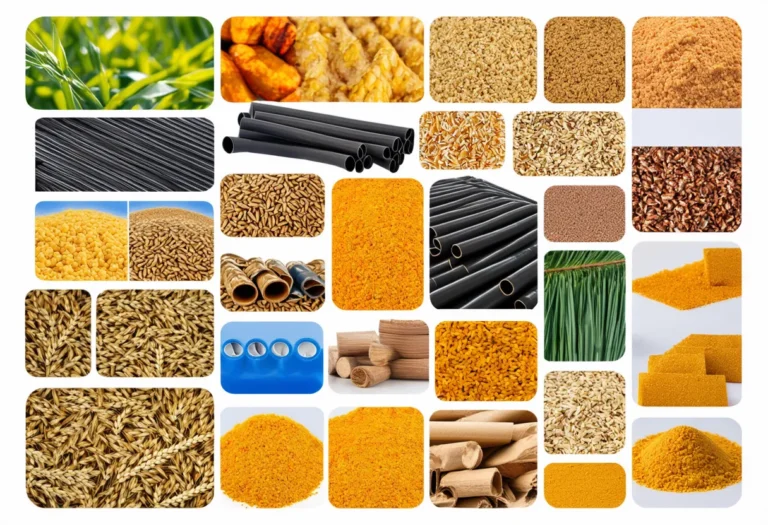Zambia, with a population of 20,017,675, is ranked 60th globally, just behind Malawi. Located in southern Africa, it spans 752,610 square kilometers, ranking 37th, slightly below Chile.
Zambia’s economic position in 2022 showcases a GDP of $29,163,782,138.34, ranking it 106th globally. It falls behind Cyprus, which has a GDP of $29,250,524,418.09. In terms of GDP per capita, Zambia ranks 158th with $1456.90. It lags behind Comoros, with a GDP per capita of $1484.89.
Despite facing challenges, Zambia’s economy shows potential for growth and development in the coming years, with opportunities for diversification and increased productivity.
What are the economic activities of Zambia?
- Primary activities: 7.5% of GDP.
- Secondary activities: 35.3% of GDP.
- Tertiary activities: 57% of GDP.

Primary Sector of Zambia
Zambia’s primary sector, particularly its agricultural activities, thrives due to its favorable climate and abundant natural resources. With 32.07% of its land dedicated to agriculture, the country produces a diverse range of crops and animal products. Key agricultural products include sugarcane, cassava, maize, milk, soybeans, vegetables, wheat, groundnuts, beef, and sweet potatoes.
Despite agriculture contributing 7.5% to the GDP, its significance lies in the variety and volume of products, showcasing the sector’s importance in providing food security and employment opportunities in Zambia.
With a diverse geological landscape, the primary sector thrives in Zambia. Rich in copper, cobalt, zinc, lead, coal, and more, these resources drive the economy through mining and hydropower generation. Additionally, the country is known for its emeralds, gold, silver, and uranium, further contributing to its resource abundance.
Secondary Sector of Zambia
What is the secondary sector or what are secondary activities?
The secondary sector involves industries that transform raw materials from primary activities into finished products for consumption. In Zambia, main industrial products include construction materials, foodstuffs, beverages, chemicals, textiles, fertilizer, and horticultural products. These goods are manufactured for both domestic consumption and export, contributing significantly to the country’s economy.
Manufactures only contribute 12.85% to Zambia’s total exports in 2023, indicating their relatively minor role in the country’s export economy.
Tertiary sector of Zambia
What is the tertiary sector or what are tertiary activities?
The tertiary sector in Zambia encompasses a range of services where individuals provide knowledge and time to enhance productivity and meet various needs. This sector includes intangible goods like advice, attention, and expertise, catering to both consumers and businesses. Key tertiary activities in Zambia are healthcare and medical care, education and training, banking and finance, communication and information exchange, tourism and hospitality, and transportation and logistics.
Highlighting these, Zambia’s economy significantly benefits from tourism, contributing substantially to its GDP. With an impressive 1,266,000 annual arrivals, accounting for 0.0632 of the population, tourism plays a pivotal role. Iconic destinations like the awe-inspiring Victoria Falls and the pristine South Luangwa National Park attract visitors worldwide, fueling economic growth and employment opportunities.
Another example of tertiary economic activity is the mobile cellular sector, with approximately 19.8 million subscriptions, equating to 99 per 100 inhabitants. This connectivity fosters technological growth, enhancing communication and innovation.
Military Activities and Economic Sectors of Zambia
The military is a good example of many economic activities working together. In the primary sector, resources are extracted for military use, like metals for weapons. The secondary sector involves the manufacturing of military equipment, such as vehicles and uniforms. The tertiary sector includes services provided by the military, like training and support. The quaternary sector focuses on military research and development, while the quinary sector deals with high-level decision-making and strategy.
In Zambia, the military expenditure in 2023 is $377.2 million, which is 1.18% of the country’s GDP. The active military force consists of 15,100 personnel. This means there are 1.2 active military members for every 1,000 people in the country. These figures show how military activities connect to the economy and its different sectors.
Biggest company in Zambia
Which is the biggest company in Zambia? The largest is Naspers, with a market value of approximately $40.31 billion. Naspers operates in the diversified financials industry and falls under the tertiary economic sector. It was founded in 1915 and has grown significantly since then.
International Trade of Zambia
Import Activities of Zambia

Import activities in Zambia are highly important, with total imports in 2023 reaching over $10 billion, accounting for 29.1% of the country’s GDP.
Zambia’s key import partners are South Africa, Equatorial Guinea, China, UAE, and the Democratic Republic of the Congo. The country mainly imports fertilizers, refined petroleum, trucks, copper ore, and packaged medicine.
Exports Activities of Zambia

In 2023, Zambia’s total exports amounted to $10,431,183,715.61, accounting for 40.19% of its GDP. With export activities playing a high role, they are crucial for the country’s economic growth and stability.
Zambia’s export activities focus on raw copper, refined copper, gold, precious stones, and iron alloys. Its top export partners are Switzerland (30%), China (18%), DRC (10%), Pitcairn Islands (10%), and UAE (7%).
Zambia economy challenges in 2024
In 2024, Zambia faces economic challenges due to high public debt held by China and systemic corruption. Despite being a major copper exporter and having a young labor force, extreme rural poverty persists. The country’s potential as a regional hydroelectricity exporter is hindered by these issues.




Leave a Reply